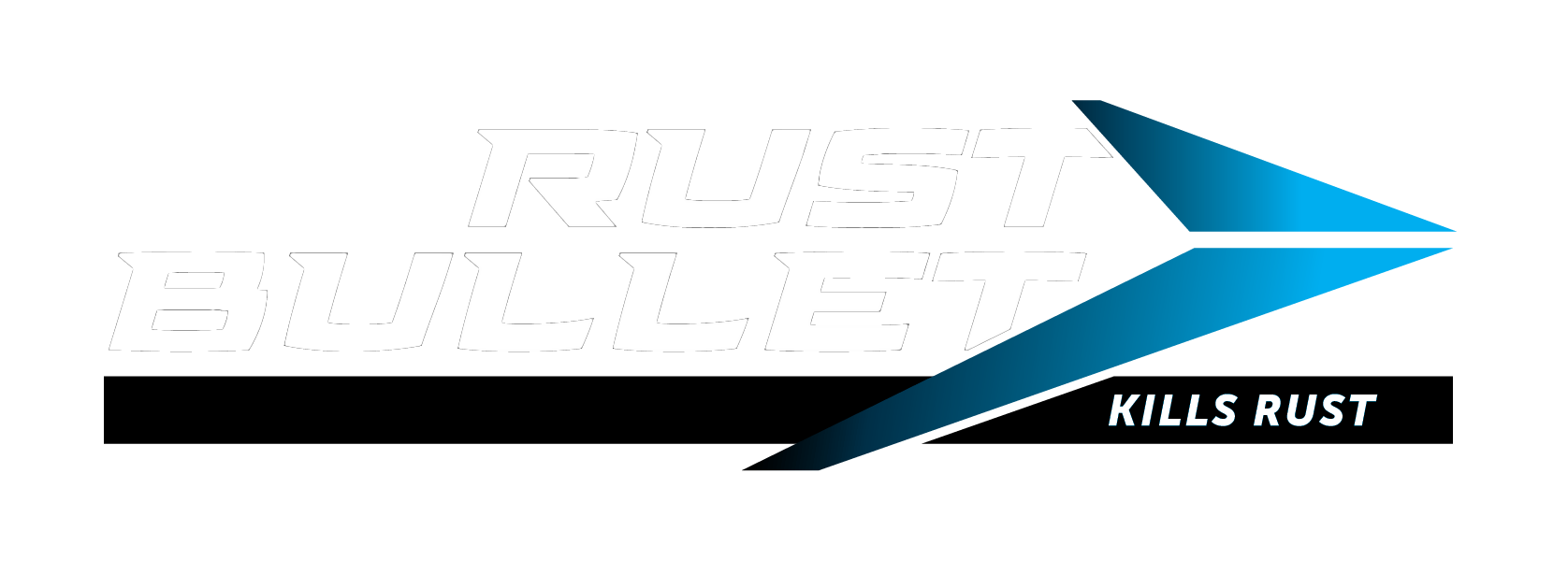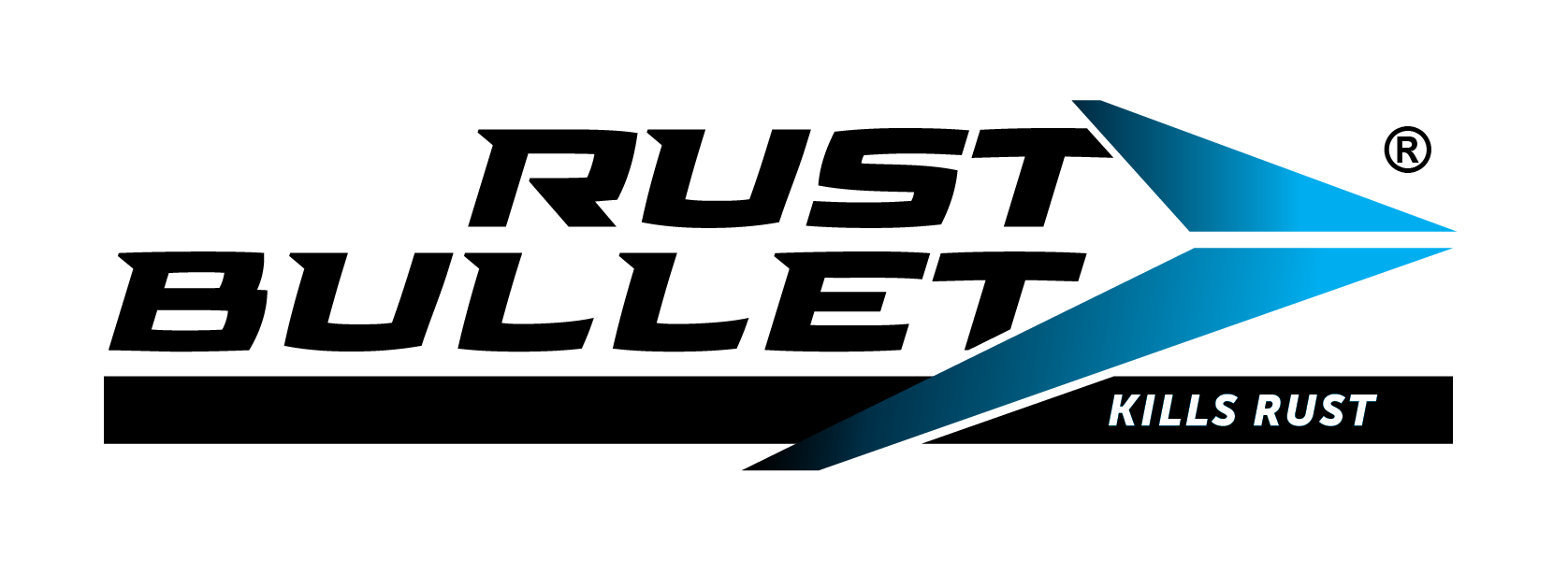There are several issues to consider when painting over fiberglass, especially if there has been an existing failing paint. One issue is the application of a new coating system over an older, failing coating and another is the application on a very delicate and porous surface.
Remove as much of the older coating as possible to alleviate its continued failure to influence the success of the new coatings. The fiberglass would need to be washed, allowed to dry, and then lightly scraped to remove surface paint, wax, or other contaminants.
A non-chemical method of removal is to lightly scrape as much paint off as possible. If too much pressure is applied, the fiberglass may be damaged. Using a heavy-duty sponge and warm water, coat the scrubbing surface of the sponge with baking soda. Scrub the fiberglass with the baking soda to remove any paint left behind after the scraping. The baking soda will be a bit more labor intensive but will avoid damage that comes with chemical strippers or paint thinner when used on fiberglass. Thin, multiple coats of urethane are the recommended coating for application on the fiberglass, so Rust Bullet is very suitable for the job. A recommended 12 mil dry film thickness of Rust Bullet Automotive should be achieved prior to the application of the desired topcoat or four coats. As the fiberglass will tend to be porous and the applied coats thin, more coats of the Rust Bullet will be needed than usual to achieve the appropriate film thickness on this project.
Categories:
Tags:





Comments are closed